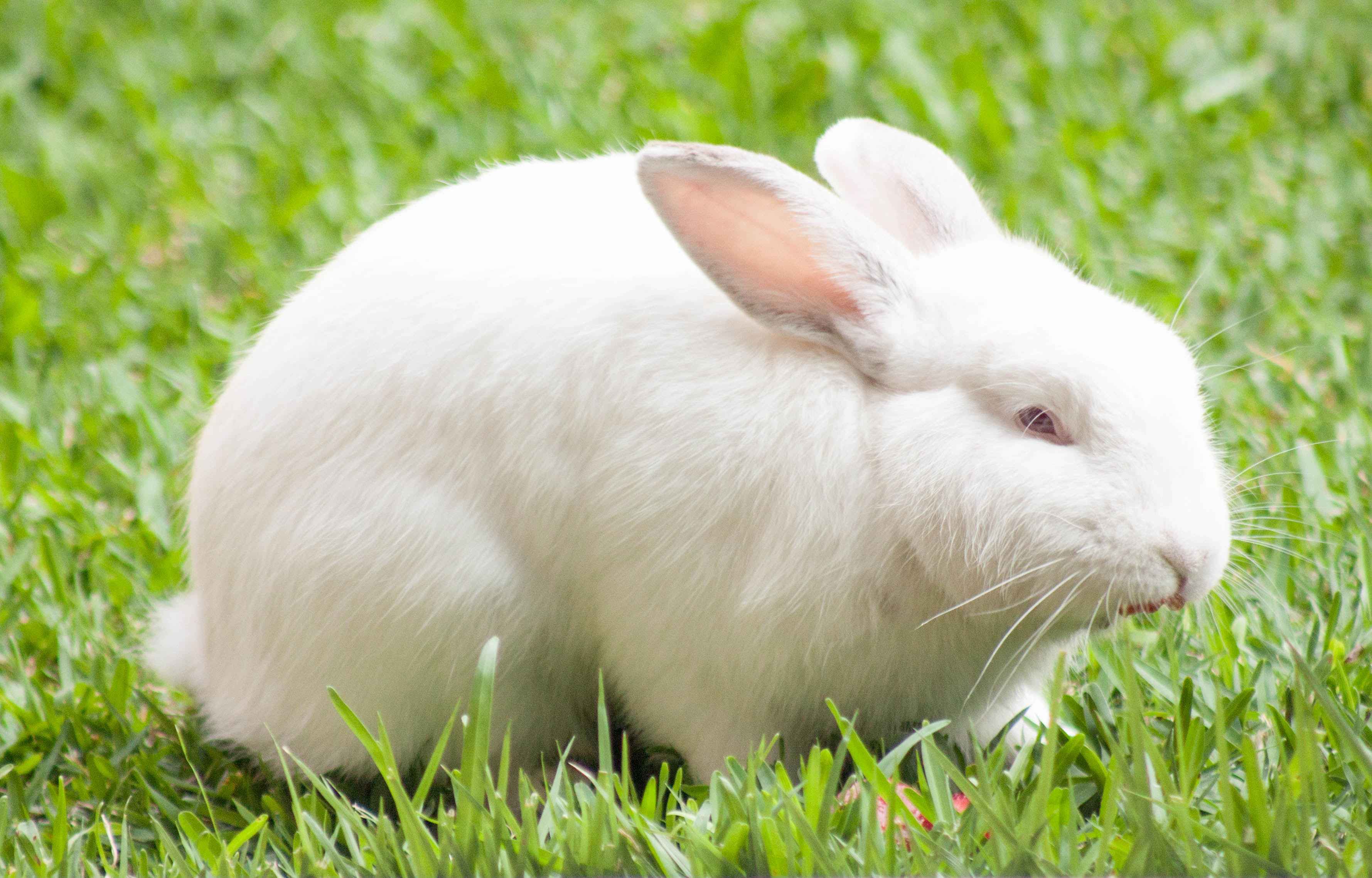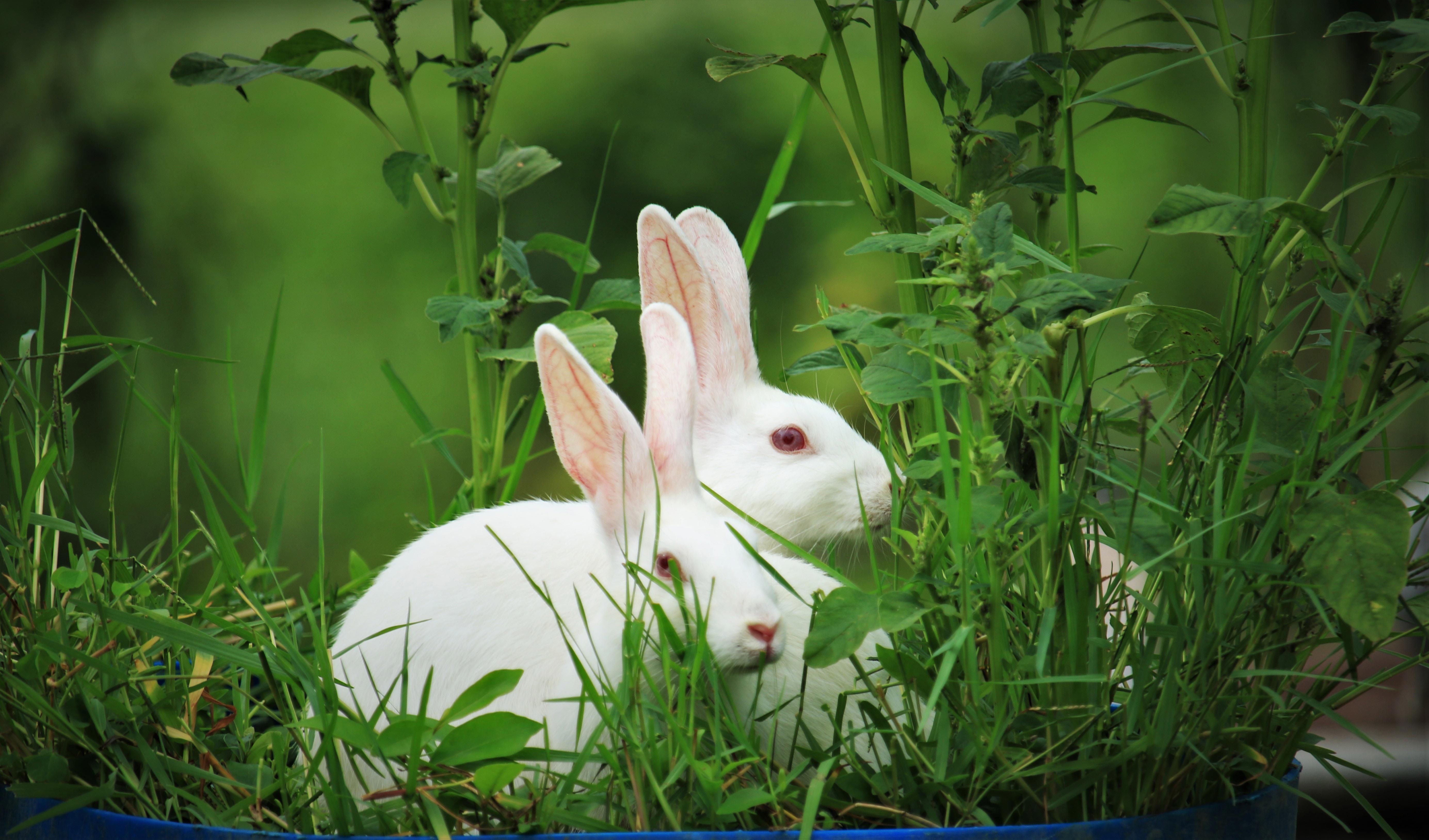Rabbits make great companions for couples looking to add a furry friend to their household. These adorable creatures are intelligent and can be trained in basic behaviors and litter training. Training a rabbit not only helps them become well-behaved and easier to handle but also strengthens the bond between the couple and their pet. In this blog post, we will explore the best ways for a couple to train their rabbit in basic behaviors and litter training, providing helpful tips and techniques to ensure success.
Introduction:
Rabbits are intelligent animals that can be trained to exhibit basic behaviors and use a litter box. It is important for couples to approach training with patience, consistency, and positive reinforcement. By implementing the following tips and techniques, couples can create a nurturing and well-trained environment for their pet rabbit.

Creating a Safe and Stimulating Environment:
– Rabbits are naturally curious creatures and providing a safe and stimulating environment is essential for their training. Ensure that their living space is clean, free of hazards, and has plenty of toys and mental stimulation.
– Provide a spacious cage or hutch with a separate litter area, food, water, and a comfortable resting place.
– Consider rabbit-proofing areas of your home that your rabbit will have access to during supervised playtime.
Positive Reinforcement:
– Positive reinforcement is a crucial aspect of training rabbits. Using rewards and treats to reinforce desired behaviors encourages the rabbits to repeat those actions.
– Reward your rabbit with treats, such as small pieces of fresh vegetables or fruits, whenever they exhibit the desired behavior such as using the litter box or completing a command successfully.
– Verbal praise and gentle petting are also effective ways to reinforce positive behavior in rabbits.
Litter Training:
– One of the most important aspects of training a rabbit is litter training. Rabbits are naturally clean animals and can be easily trained to use a litter box.
– Place a litter box with litter specially designed for rabbits in their living space. Fill it with a layer of litter about an inch deep.
– Observe the rabbit’s behavior and, when you notice them starting to eliminate, gently place them in the litter box.
– Be consistent and patient. Over time, rabbits will associate the litter box with eliminating and will use it independently.
Basic Behavior Training:
– Basic behavior training includes commands such as coming when called, sitting on command, and not biting or scratching. Training a rabbit to respond to these commands strengthens the bond between the couple and their pet and enhances safety.
– Use treats and positive reinforcement to encourage and reward desired behaviors.
– Break down training into short sessions, preferably 5-10 minutes, to keep the rabbit engaged and prevent them from getting bored or overwhelmed.
– Remember, rabbits have a short attention span, so keep the training sessions fun, interesting, and rewarding.
Conclusion:
Training a rabbit in basic behaviors and litter training is a rewarding experience for couples. With the right approach and techniques, couples can establish a well-behaved and happy bond with their pet rabbit. Remember to be patient, consistent, and use positive reinforcement to encourage and reward desired behaviors.
Frequently Asked Questions (FAQs):
1. How long does it take to litter train a rabbit?
– Litter training a rabbit can take anywhere from a few days to a few weeks, depending on the individual rabbit’s personality and willingness to learn. Consistency and patience are key factors in successful litter training.
2. What kind of treats can I use for positive reinforcement?
– Fresh vegetables and fruits, such as small pieces of carrot, apple, or parsley, make excellent treats for rabbits. Make sure to avoid giving them treats that are harmful to their health, such as chocolate or sugary snacks.
3. Can I train a rabbit to come when called?
– Yes, rabbits can be trained to come when called. Using a distinct sound or command, such as a whistle or specific word, consistently paired with treats and positive reinforcement, can help train your rabbit to come when called.
4. Should I punish my rabbit for unwanted behavior?
– No, punishment is not recommended when training a rabbit. Rabbits respond best to positive reinforcement and gentle correction. Punishment can lead to fear or aggression, which is counterproductive to training.
5. Can I train an older rabbit?
– Yes, older rabbits can be trained, although it may take a bit more time and effort compared to training a young rabbit. With patience, consistency, and positive reinforcement, older rabbits can learn new behaviors and adapt to litter training.
Remember to be patient, consistent, and use positive reinforcement when training your rabbit. For more information and quality products to assist in training your pet rabbit, visit petwah.com. Happy training!
PetWah




.jpg)


.jpg)